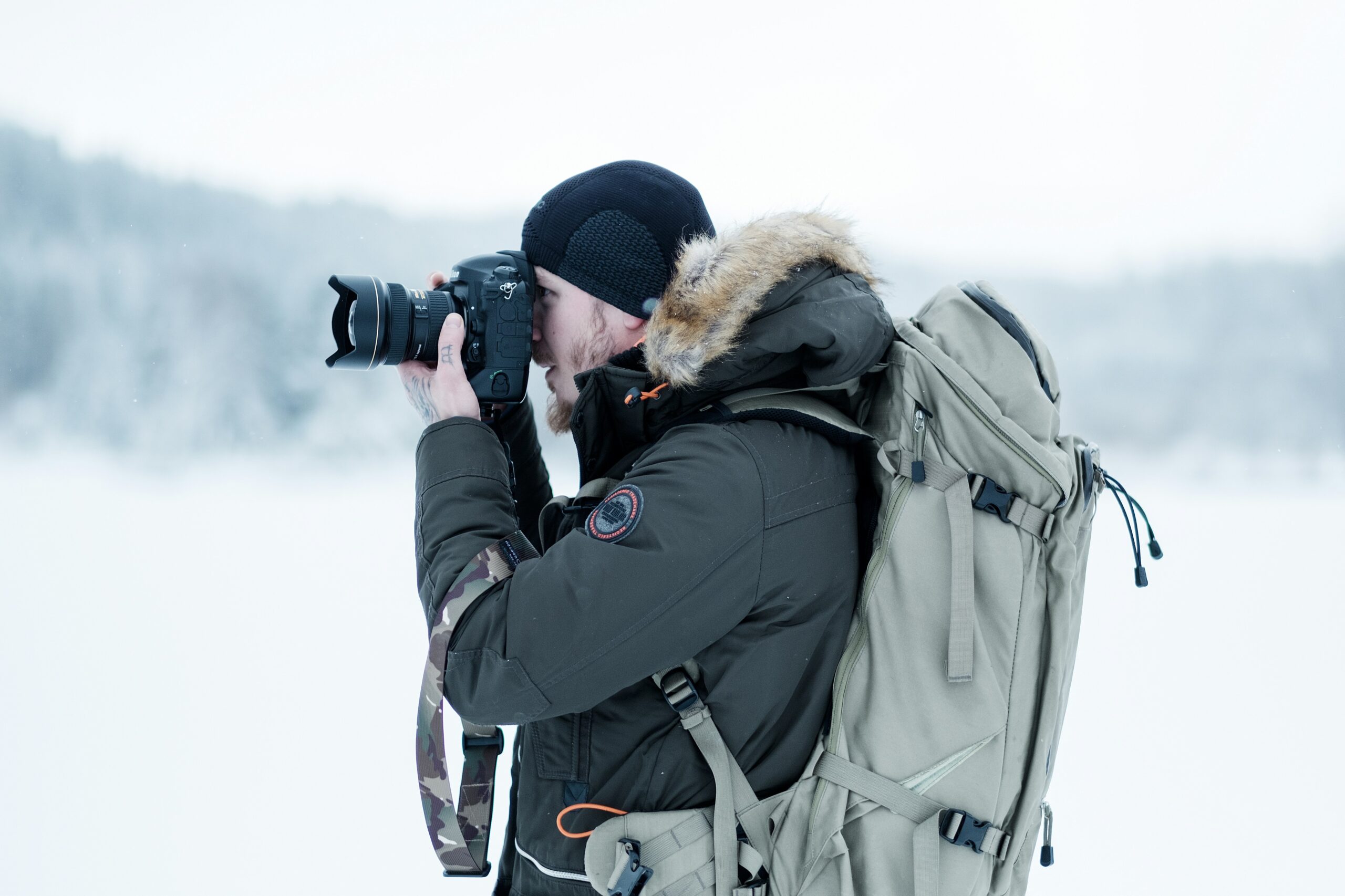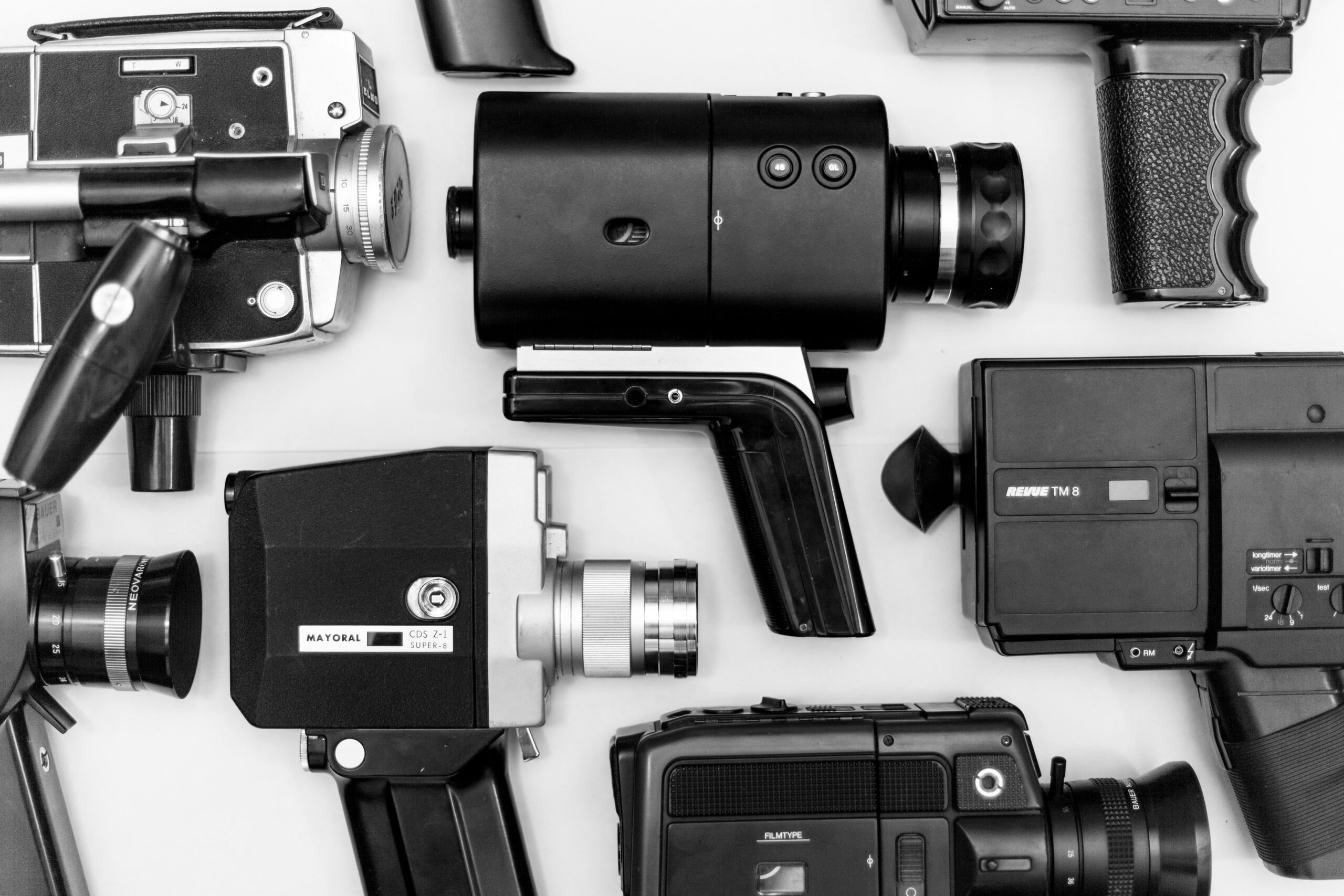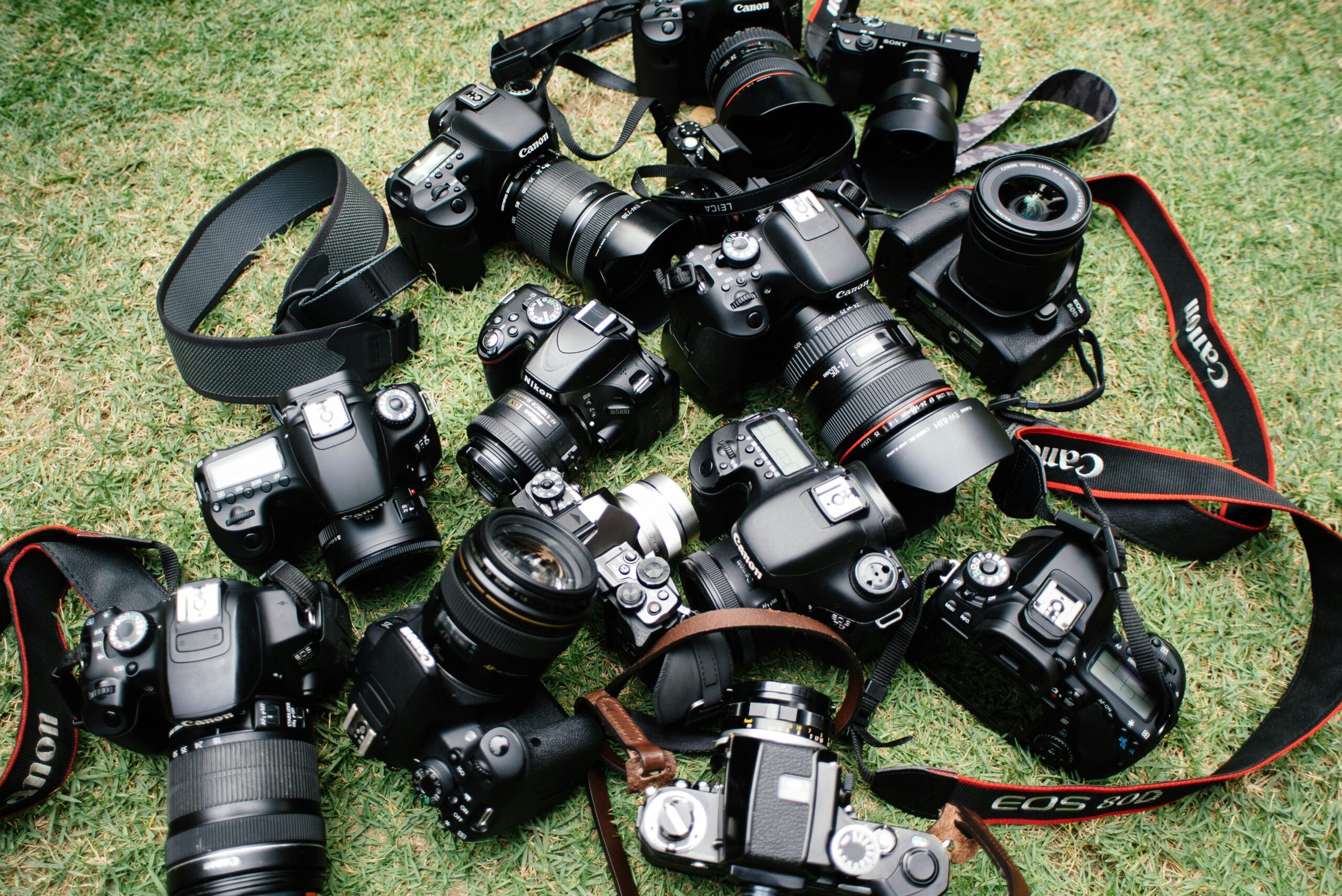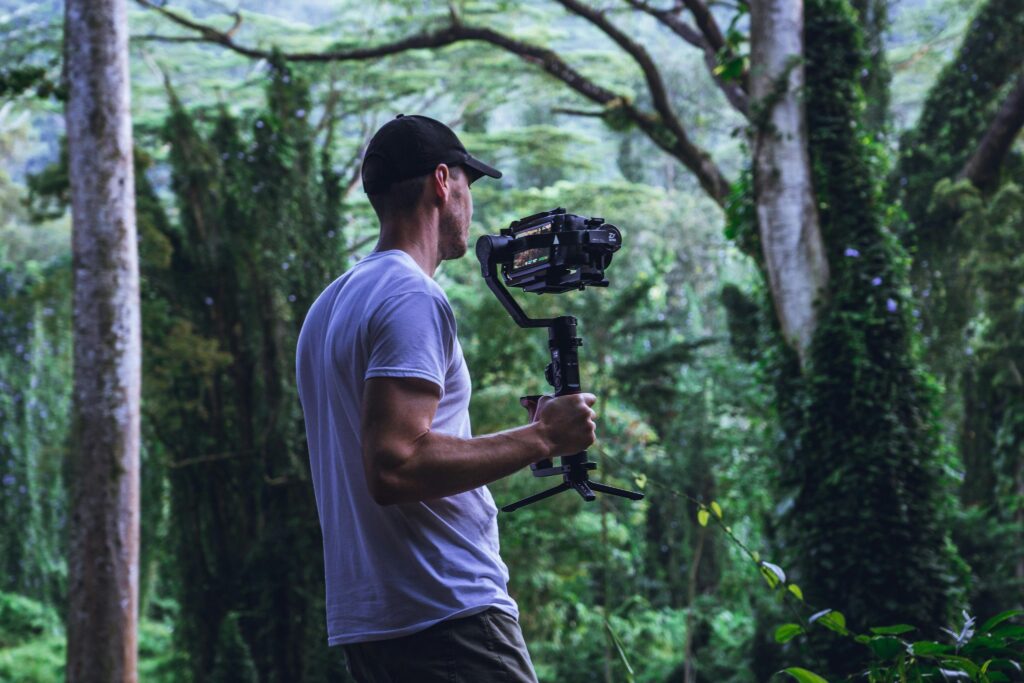Ever felt a cold sweat break out after dropping a $5,000 camera? Yeah, we’ve been there. One wrong move could cost your creative business big time—literally. So, how do you protect your equipment while mastering the art of risk management?
In this blog post, we’ll unpack everything you need about Equipment Risk Assessments. You’ll learn why they’re crucial for media professionals, actionable steps to conduct them, tips to stay ahead, and even real-life horror stories (with happier endings). And yes, there’s coffee involved.
Table of Contents:
- Key Takeaways
- Why Media Professionals Need Insurance & Risk Assessments
- How to Conduct an Equipment Risk Assessment
- Best Practices for Managing Equipment Risks
- Real-Life Success Stories in Media Insurance
- Frequently Asked Questions About Equipment Risk Assessments
- Conclusion: Stay Protected, Keep Creating!
Key Takeaways:
- Media insurance protects expensive gear from theft, damage, or unexpected disasters.
- An equipment risk assessment identifies vulnerabilities in your workflow.
- A well-documented process can reduce premiums and boost peace of mind.
- Ideally, partner with an insurer who understands your niche industry.
- Procrastination is not an option—your livelihood depends on preparation.
Why Media Professionals Need Insurance & Risk Assessments

“Risk” sounds like some boring spreadsheet stuff—but let me tell you, it’s personal when you’re lugging around delicate tech worth more than a car. Whether you’re filming weddings, documentaries, or live concerts, accidents happen faster than a dropped lens cap can hit the ground. Can anyone say heart-stopping?
Risk assessments are essentially pre-flight checklists for your gear. Without one, you’re flying blindfolded into potential disaster zones. So, here’s what happens if you skip it:
- Scenario Fail #1: Your drone crashes mid-shoot because you didn’t account for weather risks. Oops.
- Pain Point Alert: Insurance claims get rejected due to improper documentation of use cases.
- Nerd Fact: The average claim payout for damaged professional cameras is over $3,000—but only if you’re covered.
How to Conduct an Equipment Risk Assessment

Optimist You says, “Let’s dive in!” Grumpy You replies, “Fine… but where’s my caffeine?” Let’s walk through this together:
Step 1: Inventory All Your Gear
- Create a detailed list of every piece of equipment.
- Include serial numbers, purchase dates, values, warranties, etc.
This isn’t just busy work—it’s critical proof should anything go sideways.
Step 2: Identify Potential Threats
- Theft: Are you leaving pricey lenses unattended at events?
- Damage: Think spills, drops, temperature issues.
- Disaster Scenarios: Fires, floods, power surges.
Step 3: Evaluate Likelihood vs Impact
Ask yourself:
“What’s the chance of X happening? And how bad would it be if it did?” For instance, losing a camera bag at a festival might rank high on both scales.
Step 4: Implement Mitigation Strategies
- Use lockable cases.
- Invest in surge protectors for charging stations.
- Have backup systems (yes, plural).
Step 5: Document Everything
If you think paperwork sucks now, wait until you’re arguing with an insurance rep. Get receipts, take photos, and update logs regularly.
Best Practices for Managing Equipment Risks
Now, before I go full rant mode about forgetting backups (*ahem*), let’s talk actionables:
- TIP #1: Test your gear often. Dead batteries love ruining good moments.
- TIP #2: Pack extras. Lights bulbs, cables—you name it.
- TIP #3: Train your crew. A rookie knocking over a tripod is less tragic with someone spotting it.
- WARNING: Don’t cheap out on coverage. Generic policies rarely cut it for niche industries like media production.
Real-Life Success Stories in Media Insurance

I once interviewed Sarah—a freelance filmmaker whose entire kit got lifted during an assignment abroad. Thankfully, she’d done her homework:
- Sarah had updated inventory lists.
- She filed police reports immediately.
- Her insurer reimbursed nearly $20k within weeks.
Now picture the opposite scenario—no records, vague descriptions, zero payouts. Yeah, no thanks.
Frequently Asked Questions About Equipment Risk Assessments
What exactly is an equipment risk assessment?
It’s a structured analysis identifying threats to your gear and planning solutions to minimize those risks.
Do I really need specialized media insurance?
Absolutely. Standard homeowner’s policies won’t cover commercial shoots or traveling abroad.
Can I DIY the assessment?
Yes, but consider hiring a pro if you own high-value items or run large teams.
Conclusion: Stay Protected, Keep Creating!
Look, nobody dreams of spending hours assessing their camera strap durability. But imagine the freedom knowing your tools—and by extension, your career—are safeguarded against chaos. Start small: grab that clipboard, jot down serial numbers, and start documenting risks today.
And hey, don’t stress too much. Even the best-laid plans sometimes fail spectacularly… but hey, at least you tried, right?
P.S. Like Frosted Flakes cereal commercials back in the ‘90s, consistency wins. Update those lists quarterly!


